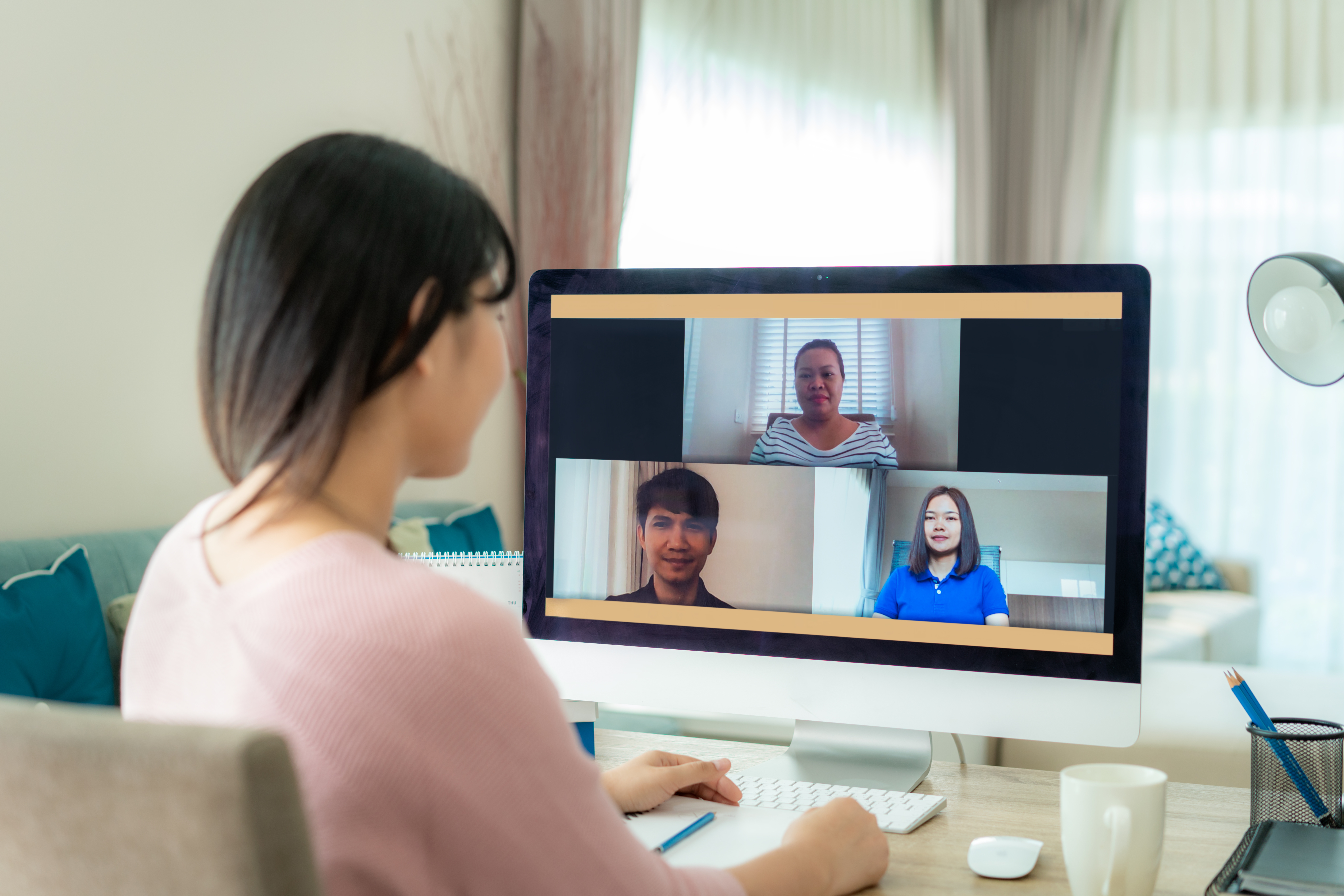How to interact with remote teams and keep them connected
By Karen Tay, who is a director in the Smart Nation and Digital Government Group (Prime Minister’s Office) and Regional Vice President in the Singapore Global Network (Economic Development Board). She will be speaking exclusively at the HR Tech Fest Connect 2020, a two-day online conference which will be held on May 12-13.

In part 1 of her article, Karen Tay examines the challenges of psychological safety and the blurred boundaries between work and life in a remote work setting. Here, she gives some tips on how to overcome the challenges of collaboration and balancing social life while working from home.
The challenge of organisational collaboration and connection
When teams work remotely, it’s common to fall into silos since interactions become more work-focused. What are some things that can enable organisational collaboration and connectedness for remote workers?
First, consciously invite people who work on adjacent issues into your team meetings. When working remotely, you might notice that meetings shrink to include only those who are absolutely essential. This is not a bad thing for productivity.
Counterbalance this occasionally by inviting other teams to a segment of your meeting. Share the notes with the wider organisation, if there’s nothing confidential.
If you are a boss, team members like to know what’s keeping their leaders busy. Where appropriate, forward emails which give them a sense of the broader organisational context.
Secondly, make it a routine to informally check in with people in your wider organisation.
I regularly WhatsApp call different people across my organisation for 15-minute chats just to ask how they’re doing and share what’s going on with my work.
It is a discipline which has helped me build relationships across the organisation despite being fully remote. Many “serendipitous” collaborations come from these informal check-ins.
Finally, consider collaboration software. A big shift in my sense of connection came when we set up “Microsoft Teams” this January. The app organises various teams and projects into “chats”, which we can all access.
We can see people’s views and informal interactions on various issues, picking out what is relevant to ourselves. We can celebrate each other’s successes easier.
I find it a lot more effective than email in keeping track of organisational context. Slack is another option, and there are free versions.
The challenges of social life
Last but not least, workplaces are often a source of friendships and social life. It’s there where we understand how our teammates are doing, and provide mental and emotional support to one another in difficult times. I’ve found some effective ways in bringing this to the remote world.
During our regular team video calls, I’ve introduced a quick “social” question at the start such as: “What’s the song you listen to when you had a bad day?” or “What’s one thing you stress-ate recently?”
It only takes five minutes but we usually have a good laugh together before jumping into work. Several teammates have mentioned that they look forward to this personal connection at the start of our calls.
Since the Covid-19 crisis broke out, I have also made it a point to call my teammates on the front-lines for 15-minute chats once or twice a week.
The point is not to ask them about work, but to ask them how they are doing, how their families are, and anything else that they might like to share.
I have heard other ideas like having virtual team lunches. While these work for some, others, such as caregivers, might feel too time-strapped to participate. Giving people options is key.
These are difficult times for everyone. Many people are worried for their loved ones who are vulnerable or have lost their jobs. Others have children at home 24/7.
Having a psychologically safe workplace that promotes mental and emotional wellbeing, organisational collaboration, and social connection will help your team weather this season well.
This can be an incredible opportunity to become even more human in how we interact with one another, and this will make for a stronger team and organisation when things go back to normal.
///
Catch Karen Tay live as a speaker at the upcoming HR Tech Fest Connect 2020, Asia’s LARGEST VIRTUAL HR conference.
| Unlock Your Free Access > |




